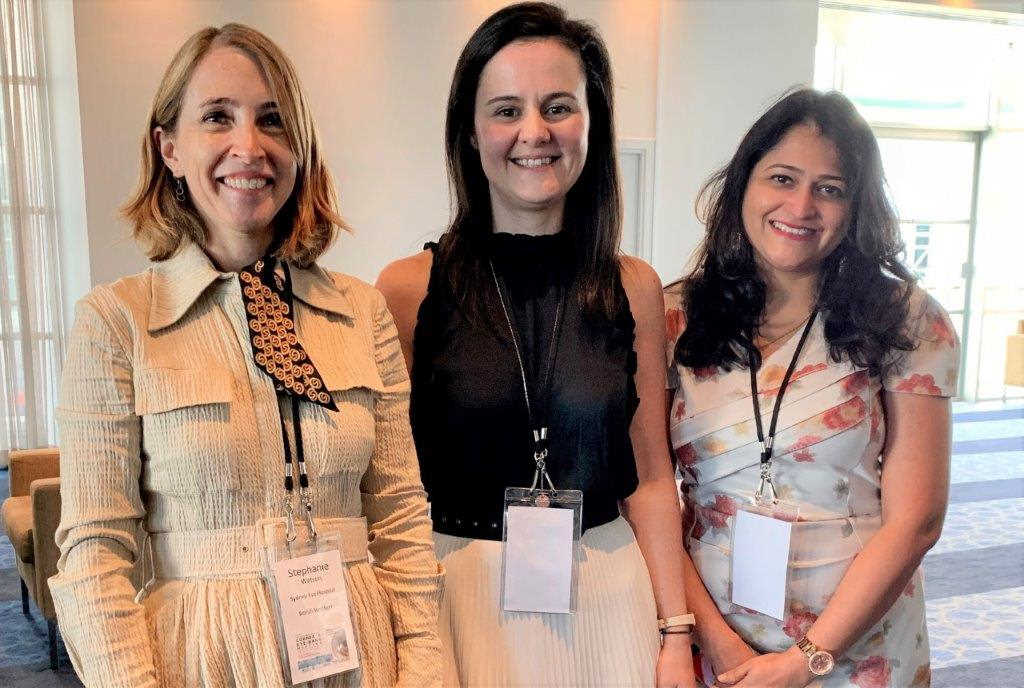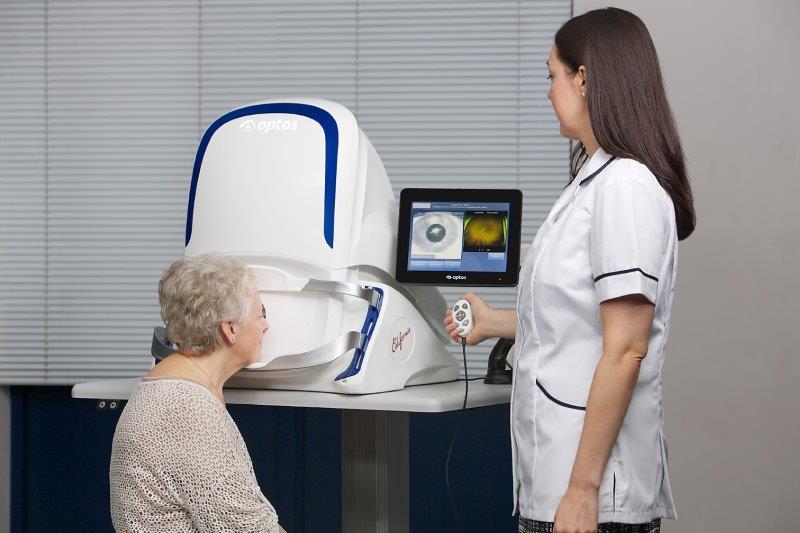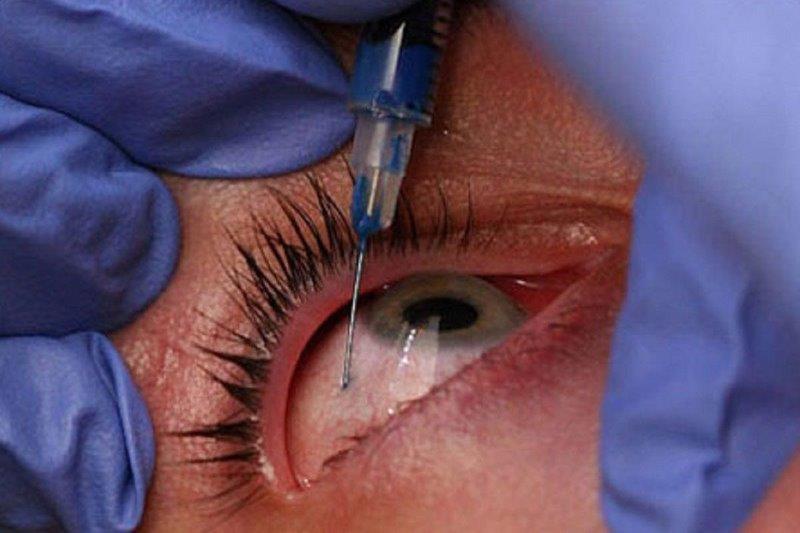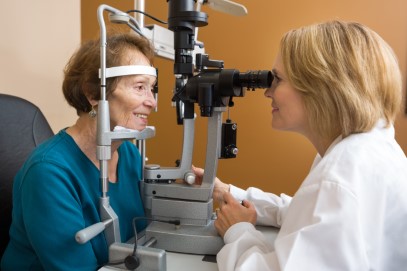Banking on cornea advancements
This year’s highly successful 37th Cornea and Eye Bank Meeting was held over two stunning summer days at the Hilton Hotel in Auckland overlooking the bustling Waitematā Harbour.
The meeting attracted more than 80 ophthalmologists, eye bankers and researchers interested in cornea and vision sciences. The programme was well-paced and inclusive, maintaining the relaxed approach of Professor Douglas Coster, head of the Flinders Centre for Ophthalmology, Eye and Vision Research in South Australia, who initiated and has chaired the meeting for over 20 years.
This year’s meeting highlighted the many important roles of and challenges for our eye banks, the progress made in corneal cellular bioengineering and changing trends in corneal transplant surgery, while allowing plenty of time for wide-ranging audience discussion. There were also several entertaining “battles” between our New Zealand and Australian colleagues throughout the meeting.
Guest speakers this year included Professor Fung-Rong Hu (Taiwan) and Professor Colin Green (New Zealand). The prestigious Douglas Coster Medal lecture was awarded to Prof Hu, who gave an informative talk on the clinical features, risk factors and management of infectious keratitis in Taiwan via video link due to current concerns over Covid-19. Prof Green gave the John Blandford Lecture, offering valuable insight into the trials, tribulations and triumphs along the long road from corneal cellular bioengineering innovation through human trials to treatment efficacy.
Conference chair, Professor Charles McGhee (Auckland) and Professor Gerard Sutton (Sydney) aptly highlighted key topics that were carried throughout the meeting, including changing trans-Tasman trends in corneal transplant surgery and the utility of biomaterials in corneal cellular bioengineering.
Over the course of the meeting several speakers noted declining numbers in penetrating keratoplasty (PKP), rising numbers in repeat corneal transplants and a continued rise in Descemet’s membrane endothelial keratoplasty (DMEK) and Descemet’s stripping automated endothelial keratoplasty (DSAEK).
Dr Jacqueline Beltz (Melbourne) gave an excellent presentation on outcomes following ultra-thin DSAEK, while Dr Con Petsoglou (Sydney) and Professor Elaine Chong (Melbourne) provided promising updates on the performance of small descemetorhexis without endothelial keratoplasty (DWEK) and utility of rho-kinase (ROCK) inhibitors. Ultimately, although DMEK is becoming more popular globally, DSAEK still continues to be the more favoured procedure for corneal endothelial failure.
The rise in LASIK and refractive surgery and impact on donor corneal tissue was explored by Dr Andrew Logan (Wellington), who raised awareness of the importance of accurate donor history at the time of donor procurement and ethico-legal considerations with regards to patient consent.
Dr Graeme Pollock (Melbourne) provided an annual update of the Australasian Eye Banks (EBAANZ), touching on changes in corneal donation patterns over the last 10 years with evidence that donation is influenced by multiple factors including patient and surgeon availability and access to operating theatre time. The value and utility of monitoring corneal transplant trends using eye bank data was evident throughout these presentations, crediting the work of the wonderful teams at eye banks in both New Zealand and Australia.
Advances in the surgical treatment of keratoconus were explored by Dr Andrew Apel (Brisbane) who noted that despite “Performing over 100 corneal transplants per year, the meeting is a great chance to share my experiences and create better solutions for some of my challenging cases with colleagues from around Australasia.” Senior lecturer Dr Stuti Misra (Auckland) gave a thought-provoking presentation on the utility of screening for progression of keratoconus during pregnancy. In the discussion that followed, the importance of counselling female patients with keratoconus on the possibility of disease progression during pregnancy was also raised. Joyce Mathan (Auckland) presented findings of her PhD into keratoconus in Down Syndrome, emphasising the condition is much more common than previously thought. While encouraging developments in keratoconus treatment using epithelium-off pulsed vs continuous accelerated corneal crosslinking were presented by Dr Akilesh Gokul (Auckland).
Novel topics at this year’s meeting included insights into the risks of the Covid-19 virus for both ophthalmologists and their patients by Dr Rachael Niederer (Auckland) and the usefulness of crosslinking in infectious keratitis by Dr James McKelvie (Waikato). While Professor Trevor Sherwin (Auckland) provided an entertaining presentation on the increased repopulating potential of female stem cells compared to male stem cells, all leading the new chair of the ANZ Cornea Society, Dr Jacqueline Beltz, to comment on the excellent standard of scientific and clinical presentations at this year’s Auckland conference in her closing address.
Another highlight was the chance to socialise and share experiences at the well-attended conference dinner at Miss Clawdy in Auckland’s Wynyard Quarter, where the food and company marked a successful, innovative and most enjoyable trans-Tasman corneal and eye bank meeting.
Dr Simone Freundlich is the current Maurice and Phyllis Paykel corneal and anterior segment clinical research fellow at the University of Auckland. Passionate about Māori and Pacific health within ophthalmology, she is currently completing research in this area with Prof Charles McGhee and his team.



























